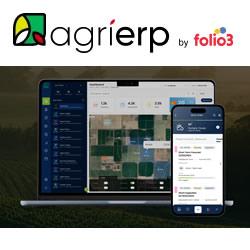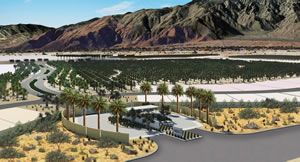Building the Business Case for Conservation Agriculture and Redefining Our Approach to Feeding the World
The large commercial farming operations are clearly of the opinion that conservation agriculture, which targets a considerable reduction in inorganic fertilizer and pesticides, is a fringe food option.
AeroFarms Launches 9 New Community Farms to Provide Additional 2 Tons of Fresh Food Access to 4,500+ Local Students
AeroFarms' Award-Winning Community Farms Program Expands to Provide Over 50,000 Servings of Local, Fresh Food and Empower STEAM Career Education for local school communities
Bringing Technology to Agriculture Co-ops
Many farmers are adopting cooperative (co-op) business methods to enhance equality and success in the workplace. When agricultural professionals work together, they have better access to essential supplies and markets.
Big Green Plan to Build Learning Gardens and Food Literacy Programs in 100 Schools
Gordon Food Service, Pathways Foundation, Carole Ilitch, others have collectively given $2 million toward a $5 million effort to ensure a healthier future for kids in Detroit.
Good-bye golf course, hello olive groves! New Palm Springs enclave to become an 'agri-hood'
Marilyn Kalfus for the OC Register: The 300-acre sustainable community, named Miralon, is planned as one of the nations largest agricultural neighborhoods, or "agri-hoods," where new homes crop up around community farms.
Records 1 to 5 of 5
Featured Product

agrierp - Your One-Stop Farm Management Software
AgriERP is an all-in-one, comprehensive farm management suite, built by the farmers for the farmers to maximize profits. Built on the powerful ERP of Microsoft Dynamics 365, AgriERP enables farming enterprises to manage every aspect of their farm from financial management, inventory management, supply chain & logistics management, crop management, operations management, resource management, to sales, contracting, & shipping - All in a centralized platform.



.jpg)
.jpg)
